Case study Amsterdam Airport Schiphol: Using AI to improve turnarounds and collaboration
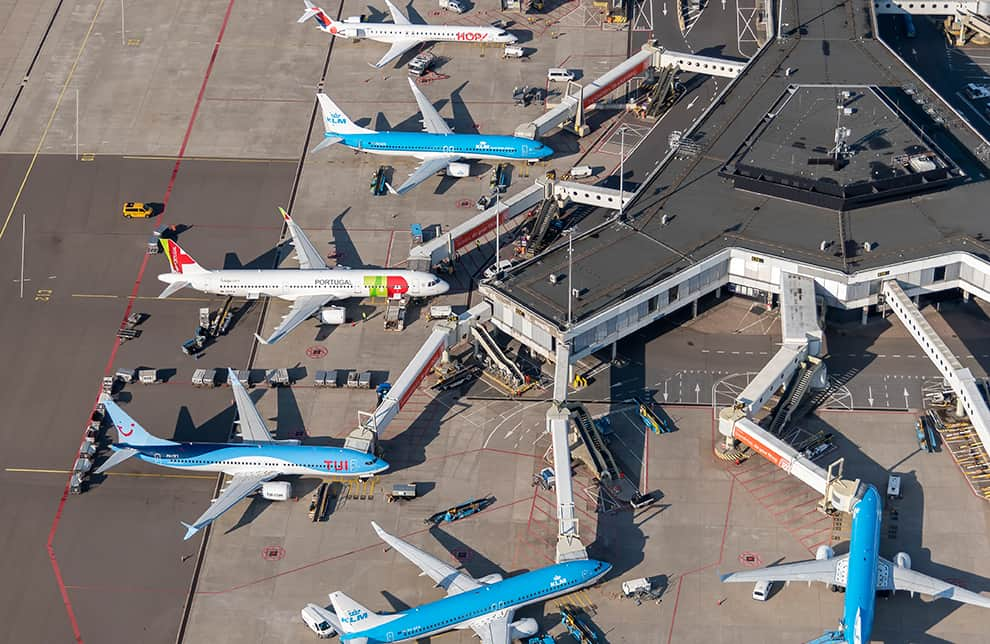
Numbers and statistics:
Three years of development
60 ramps connected
Over 180,000 turnarounds analysed
More than 1 billion images processed
85 terrabytes of images processed
The challenge
A lack of insight in the turnaround process
At Schiphol, there are strong peaks in arrivals and departures leading to issues in finding a gate for all aircrafts at some times of the day. Gate planners and Air Traffic Control have the challenging task to plan all aircrafts, while having limited insight into the status of ground-handling for these aircrafts. This often led to sub-optimal planning and unnecessary delays.
Adding to the difficulties is the fact that a single source of data was missing for all airlines and ground service providers. Delays are often reported just a few minutes before they occur, causing issues for gate planners as they must find an available gate within minutes, while lacking an overview of which gates are currently available or will be available shortly. And, even when the planners have an overview, data is not always real-time or up to date. Aircraft operators will report to Air Traffic Control that ground handling is finished and that they are ready to move. But in reality, a pushback truck is nowhere in sight and the resulting delays can turn into a blame-game among the different parties.
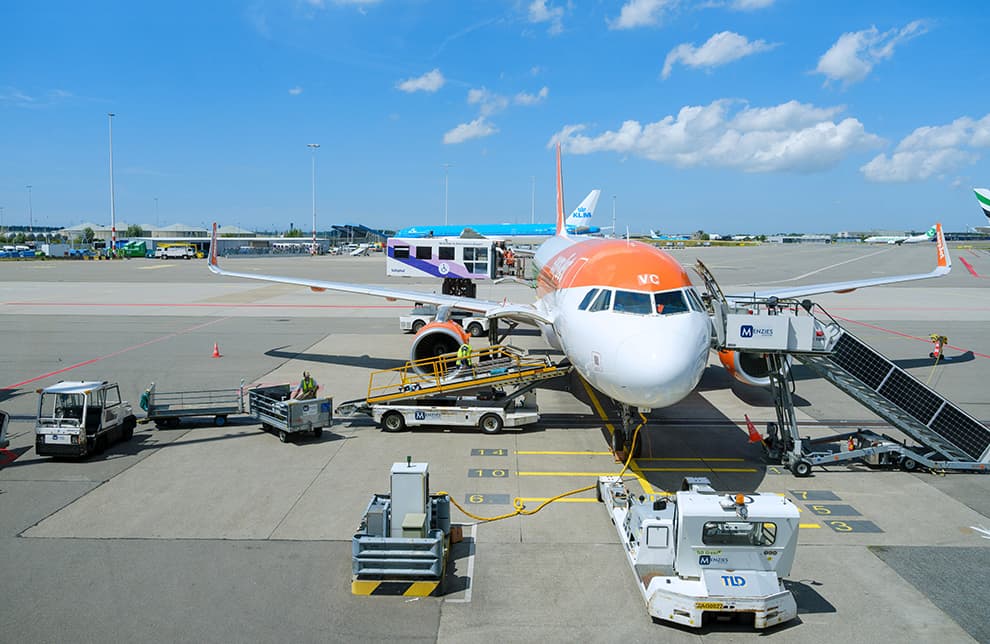
The solution
Using AI to strengthen collaboration and improve turnaround predictability
Schiphol knew that in order to work towards its ambition to have fully autonomous and data driven airside operations by 2050, something had to be done about the uncertainty in the turnaround process. It also knew that in order to achieve this ambition, and to create smoother airport processes, strong collaboration with all involved stakeholders was needed.
Schiphol’s development team sat down with airlines, ground handlers, gate planners, and Air Traffic Controllers to understand how to create a solution that everyone would benefit from.
The result was Deep Turnaround, a solution using artificial intelligence and camera technology. It leverages deep learning technology to translate camera images from the aircraft stands into actionable data. This data, which provides insight into 30+ sub-processes, such as refueling, pushback, cleaning and catering, empowers Schiphol to identify and predict causes of delays. In collaboration with sector partners, measures can be taken to help prevent the identified problems in the future.
The insights Deep Turnaround generates are used in three ways:
- As a DataStream, delivered via API and integrated in the airport management system.
- As the Turnaround Insights Dashboard, showing real-time turnarounds and delay predictions, which gate planners, ground handlers and airlines can get access to.
- As an historic database, where data can be used for post-ops analysis.
Technology explained
Two cameras are installed at every ramp at approximately 20 meters high. These cameras send snapshots to the cloud every five seconds, which are then analysed by Deep Turnaround’s AI models. Deep Turnaround makes use of two distinct AI models. One analyses snapshots from every ramp and reports all current events taking place. The other, which on the basis of these detections, enriched with flight data, makes predictions on when a turnaround is expected to finalise.
Schiphol, in collaboration with users, has made some distinct choices in how to develop Deep Turnaround which have resulted in an accurate and efficient model. Here are some of these choices explained:
Ease:
The solution is cloud-based, and requires only limited local IT infrastructure, making it easier to roll it out at any new users.
Self-Learning AI:
Deep Turnaround uses a community-driven AI-model. The more turnarounds are processed, the better the model will perform. Deep Turnaround has had over 118 days of training through annotation at Schiphol airport across 52 gates, having reviewed more than 180,000 turnarounds. If any new airports or ramps are added to the system, the algorithm, based on experience will generate accurate insights with limited set-up time from the start.
Speed and accuracy:
Deep Turnaround uses an end-to-end learning model. Every 5 seconds, a snapshot is sent to the cloud to be processed by the algorithm. By using this end-to-end deep-learning model, it delivers more precise and faster results, at lower compute capacity, than with other techniques such as object tracking.
Efficiency:
All turnaround events are captured through a single AI model. Instead of developing a separate AI models per event, the system identifies all different turnaround events included in the through a single model. This requires less maintenance and computing power, but also results in better training and higher accuracy of the AI model.
Deep Turnaround gives us invaluable insights for operational decision making; improving performance and predictability on a daily basis.
The result
Every user benefits in their own way
At Schiphol, Deep Turnaround is currently operational on 52 stands and will be expanded to all stands (~100 stands). It’s being used by gate planners, ground handlers, Air Traffic Control and interested airlines. What started with ‘How can we improve our turnaround process’, ended in a solution which every stakeholder can use for their specific challenge.
Here’s how some different users explain what Deep Turnaround brings to the table:
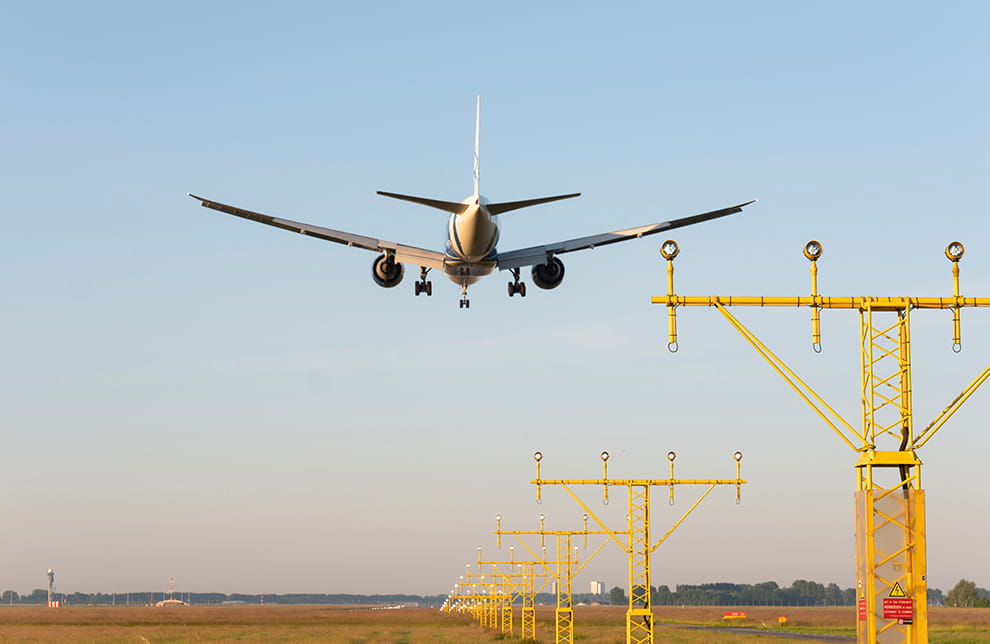

Gate planning: Fewer last-minute gate changes
At Schiphol, 4% of flights have a gate change less than two hours before off-block time with 47% of these flights experiencing delays. The predictive features of Deep Turnaround can reduce the need for last-minute gate changes by 25%. It does so based on the availability of more accurate and timely information to initiate a gate change, as well as better-informed decision by gate planners to buffer an aircraft. This results in an improvement of on-time-performance of up to 1%, fewer unneeded passenger movements and better use of assets and personnel.
Thanks to Deep Turnaround we can identify a potential delay at a specific gate up to 15 minutes advance. This allows us to anticipate and change our planning. We can look for an alternative gate for the next inbound flight, resulting in fewer last-minute gate changes.
Ground Handling: More efficient asset & workforce utilisation
There are seven ground handlers at Schiphol. Whilst some share equipment, not all do. Different flights handled by the same handler can be far apart. Operations coordinators often have limited information on all current turnarounds taking place. Deep Turnaround’s dashboarding and insights has given an increased level of overview on current operations, allowing ground handlers to optimise schedules both before and during the day. Apron personnel can decide to re-prioritise during the day to avoid idle time, improving asset usage and lower peak pressure for employees.
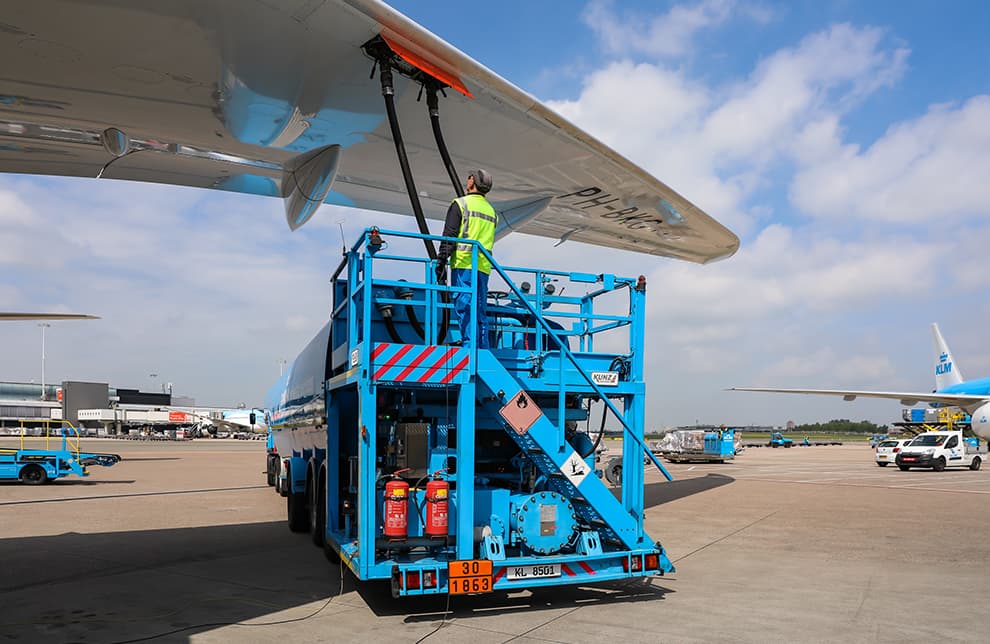
Finally, we have an accurate overview of the turnaround process. This allows us to optimise day-planning, and it makes it a lot easier to remotely change or set an accurate TOBT (Target Off-Block Time). In turn, this improves the information provision towards the airport and Air Traffic Control.
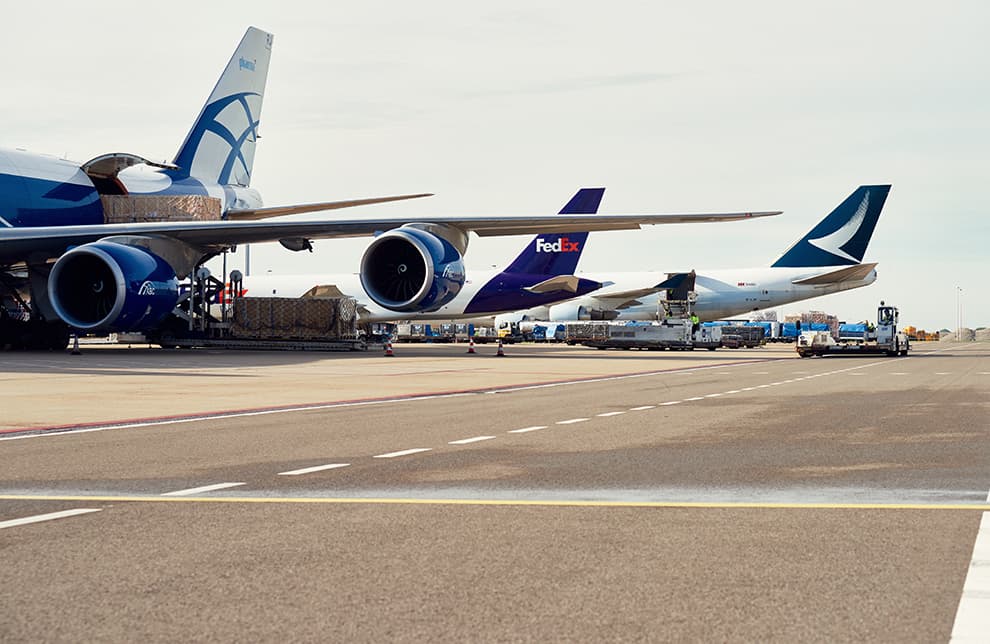
Airline; More efficient use of aircrafts and more profitable routes
Airlines may be the biggest beneficiaries of Deep Turnaround. More predictable turnaround times can lead to more efficient use of aircrafts and more profitable routes. Schiphol has used Deep Turnaround’s historical data insights to start-up conversations with airlines on how to improve their processes, finding some surprising insights. For example, one large airline found that their planned time for disembarking was too short, with over 40% of flights experiencing delays in disembarking, even if a plane was filled for less than 20%.